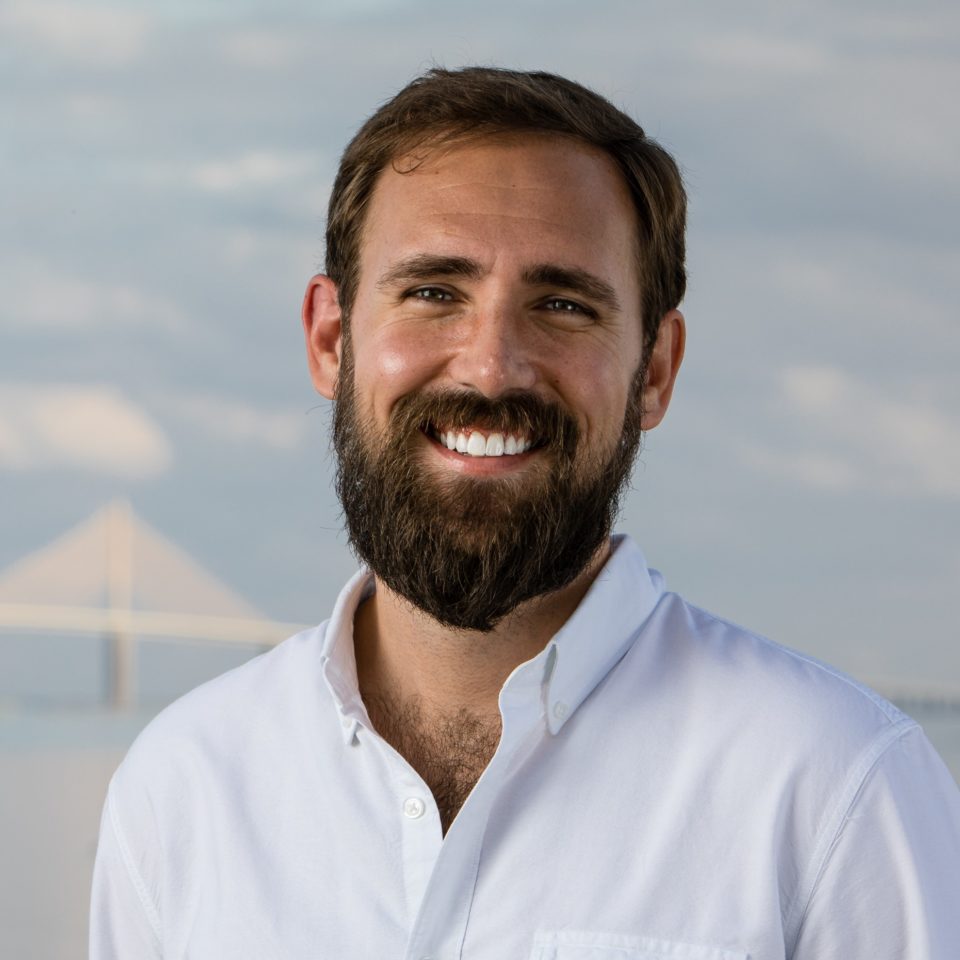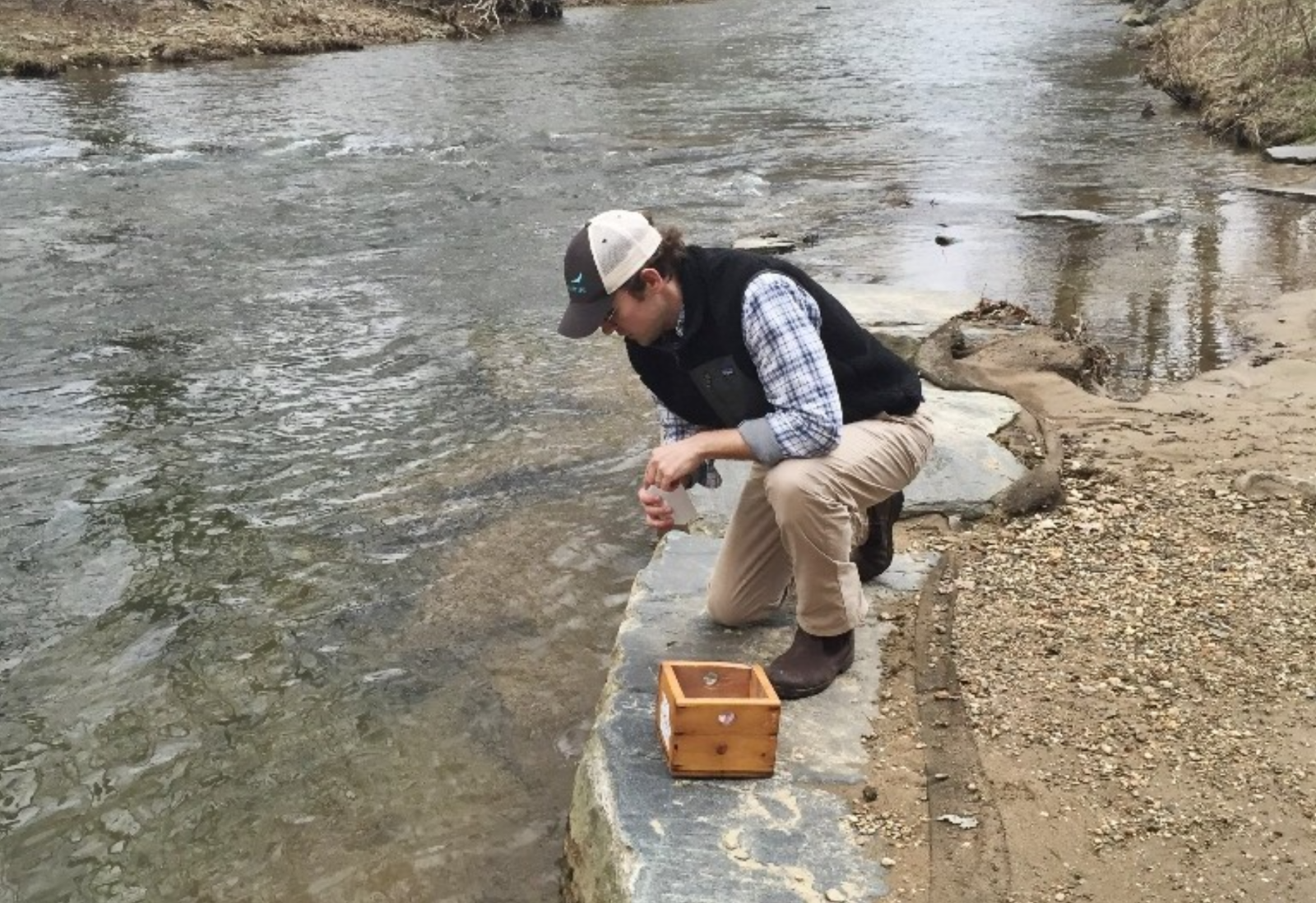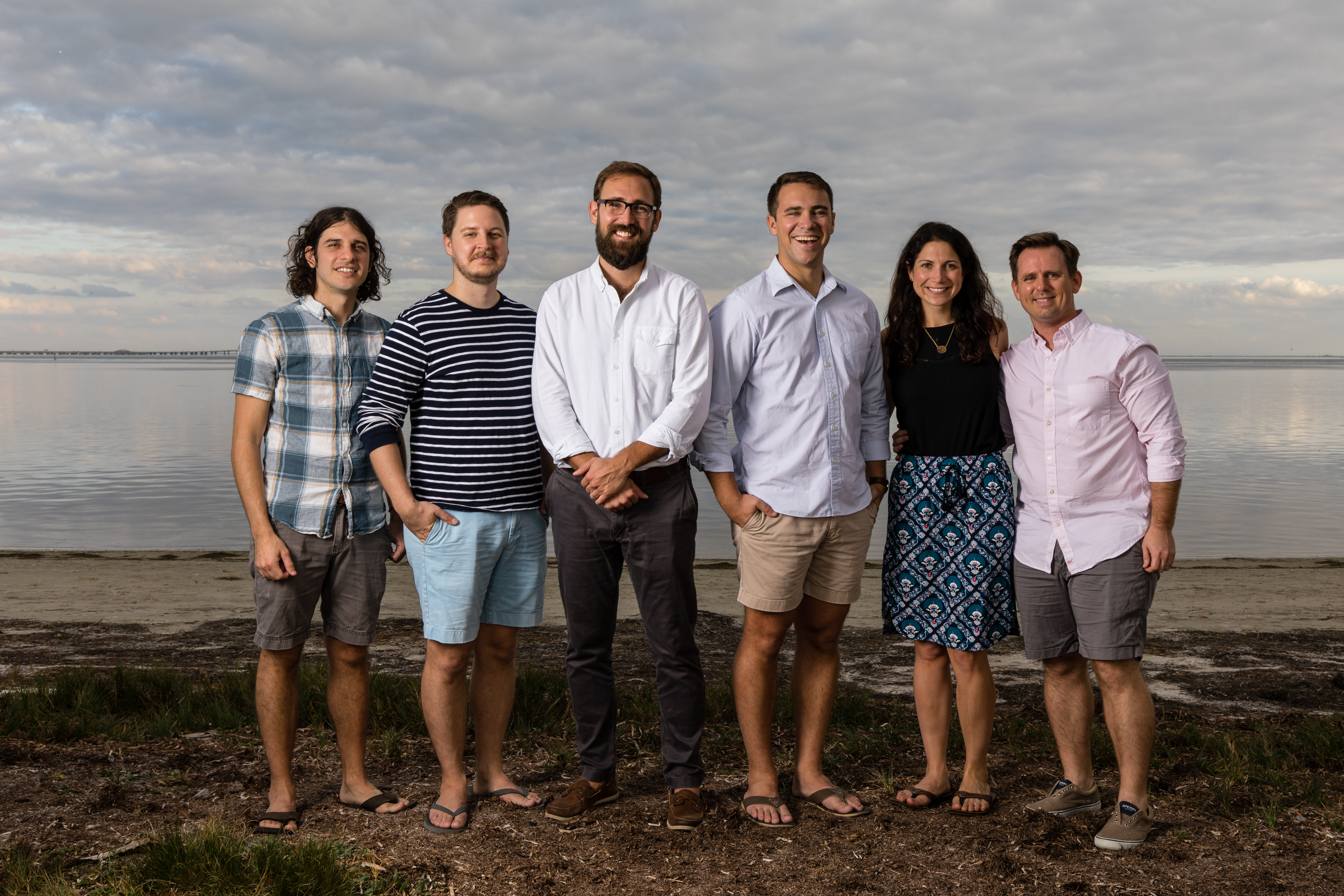The More You NOAA: Meet the Man Who’s Working to Clean Up Tampa Bay
Published by Ocean Conservancy
Using a combination of science, policy, advocacy and community engagement, Andy Hayslip fights to keep Tampa Bay safe for everyone. As the executive director of Tampa Bay Waterkeeper, Andy shared his passion for working with people to protect our ocean at an Ocean Conservancy event celebrating Florida’s beaches.
The conversation was wide-ranging, covering historic conditions of Tampa Bay, present day management challenges and reasons to be optimistic for the region and state’s long-term ecological health. I had the opportunity to sit down with Andy and build on that conversation, which I share portions of, below:
Maddie Black: Can you tell me what it means to be the Tampa Bay Waterkeeper?
Andy Hayslip: Our goal is to protect and improve the Tampa Bay watershed and ensure that our water resources are managed sustainably. I work with a team using a combination of hard science, policy advocacy, community outreach and legal enforcement to reach that goal. Tampa Bay Waterkeeper is dedicated to ensuring fishable, swimmable, and drinkable water for all; for people, for our environment, and for our economy.


Black: During the event, you touched briefly on the health of the estuary. Can you tell our readers a little more about the history of the estuary, and why restoration is so important?
Hayslip: We recognize that our right as Floridians—as Americans under the Clean Water Act—is a right to fishable, swimmable, drinkable water. In the past, access to fishable, swimmable, drinkable water was not the case, especially in the Tampa Bay estuary. In the 1970’s the estuary was famously declared dead. It was unimaginable to think about swimming in Tampa Bay at one point.
Tampa Bay has historically been plagued with a variety of problems, including stormwater and sewage pollution, due in part to failing infrastructure in the cities that surround the bay.
However, the rejuvenation of the estuary over the past forty years has been historic. Now we are above the baseline levels from the 1950s for seagrass coverage.
Black: From 1970 to 2018, there must have been a lot of work done to restore the damaged system. Who and what was involved in that restoration process?
Hayslip: The estuary is rebounding in a remarkable way thanks to the Tampa Bay Estuary Program and many other agencies and organizations. The Nitrogen Management Consortium has been remarkably successful in bringing in the business community to reduce nutrient loading into Tampa Bay.
The waters of Tampa Bay are classified as Class II and III waters according to the federal government, meaning that we have a right to be able to recreate in these waters without any undue concern for our health. So groups like the Estuary Program, working in partnership with business leaders, conservation groups and the general public, have made great strides in getting us to that level where we’re okay with hopping off that paddleboard at Weedon Island on a hot summer day without worrying about getting sick.


Black: At the event in June, you mentioned that your work in restoring the estuary is far from done. What else are you working on to make sure Tampa Bay is fishable, swimmable and drinkable long into the future?
Hayslip: Investing in wastewater infrastructure is not sexy. But that’s what has needed to have happened in the last several decades in St. Petersburg and other municipalities in the watershed. What we have is crumbling infrastructure that has led to 200 million gallons of raw or partially treated sewage directly discharged into our surface waters in just a two year span. That number climbs to a staggering 1 billion gallons if you include the wastewater that was injected into deepwater wells.
With the proper investment in our infrastructure, we can get to a point where we can process these predictable summer wet weather events. It’s wholly unacceptable to see the failure of our infrastructure that puts fisheries and recreational water quality at risk, and breaks the public trust.
At Tampa Bay Waterkeeper, we’re launching a program that’s a volunteer-led water quality monitoring program and Swim Guide. We’re going to start with 10 sites throughout the Tampa Bay watershed that we will sample and get timely water quality data into the hands of the public. The goal is to help restore that public trust and better inform the public about when it is and isn’t safe to swim in our waterways.
Black: Can you tell me a little more about the policy work that you do and agencies that are important to ensuring the health of Tampa Bay?
Hayslip: Absolutely! Management of major estuary systems like Tampa Bay take the coordinated effort of local, state and federal agencies, community organizations and businesses, the public, elected officials and so much more. Beyond the EPA, the work of the National Oceanic and Atmospheric Administration (NOAA) is vital to ensuring healthy oceans, sustainable fisheries, and strong and resilient coastal communities. NOAA’s Southeast Regional Office is located in the Tampa Bay watershed and is responsible for 40% of all federal fishery management covering hundreds of species, helping to ensure that these fisheries, and the jobs and traditions that are associated with them, can be passed down from generation to generation. We work hard to ensure that our fisheries are protected by protecting water quality and essential fish habitat. We act as a strong voice for the bay and its tributaries; when we see bad policy, we fight it, and when we need good policy, we fight for it.


Additionally, NOAA’s work in the Office for Coastal Management and the Office’s Coastal Resilience Grants are tremendously important for this region, which the World Bank named among the 10 metropolitan areas in the world most at risk for sea level rise and climate change. Representatives from Tampa Bay Waterkeeper currently serve on the NOAA funded Tampa Bay Living Shoreline Advisory Board as we look toward nature-based solutions to ensure that our region will be more resilient in the face of rising seas and increased storms and flooding.
Black: Beyond joining one of your volunteer-led water sampling events that will be starting soon, are there ways that local citizens can get involved to ensure the long-term health of Tampa Bay?
Hayslip: One of the easiest ways for people to get engaged is by making a simple phone call or writing an email to their elected officials, letting them know that the health of Tampa Bay (or any local ecosystem) is important to them. Ensuring adequate funding for important programs like the ones I mentioned earlier is a great place to start.
Folks who wish to support our work at Tampa Bay Waterkeeper can do so by becoming a member, a volunteer, or simply donating online to support our work to protect our right to fishable, swimmable, and drinkable water.
Learn more about Tampa Bay Waterkeeper here.
Learn more about the Waterkeeper Alliance here.
Sign up for our emails!
The post The More You NOAA: Meet the Man Who’s Working to Clean Up Tampa Bay appeared first on Ocean Conservancy.
Read the full article at: https://oceanconservancy.org/blog/2018/07/13/noaa-meet-man-whos-working-clean-tampa-bay/



